kotor montenegro old town
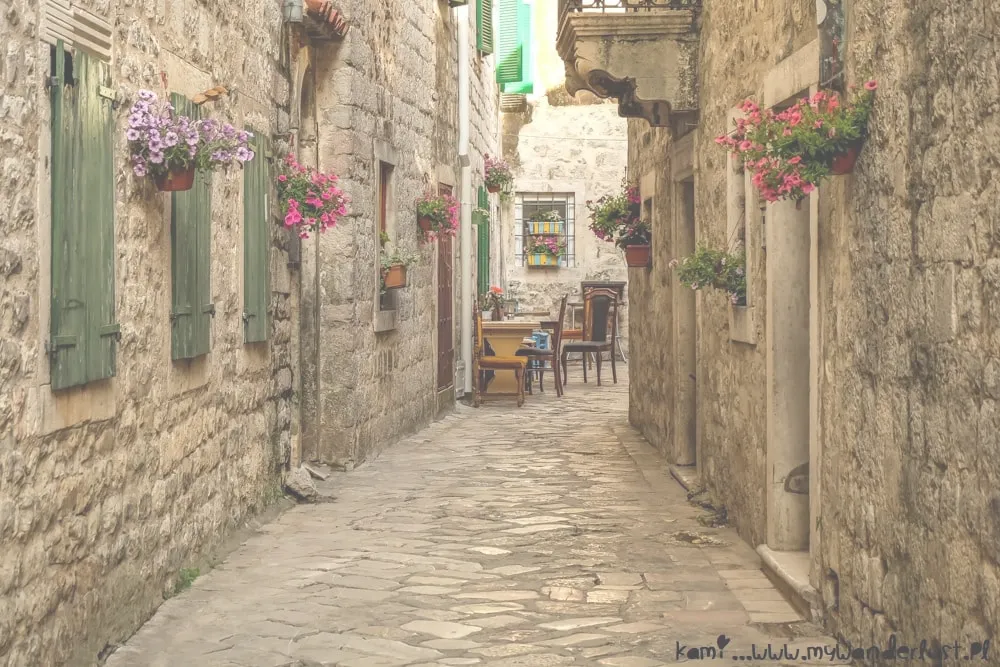
Kotor montenegro old town is a stunning medieval city that has earned UNESCO World Heritage status. It is enclosed within fortifications built during the Venetian period. Its narrow streets are designed to confuse invaders. Every turn reveals another amazing church, palace or cafe.
The most famous square in the Old Town is Trg od Oruzja (Square of Arms). It houses many of the city’s significant cultural monuments.
The Arms Square
The Arms Square, also known as Trg od Oruzja, is the main and biggest town square in Kotor Montenegro old town. It got its name from the fact that weapons were stored here during the Venetian rule. It is home to the famous 17th century clock tower, Napoleon’s Theatre and Rector’s Palace.
Here you can find a small concentration of palaces that once housed the noble families of Kotor. Rosie loves looking for the old family coat of arms which are normally somewhere on the building but not always obvious!
The Cathedral of St. Tryphon, one of two Roman Catholic cathedrals in the country is also a sight to behold from this location. Built in the 12th century, it is often described as a symbol of kotor montenegro old town and has both Roman and Byzantine elements to its design. The church is also home to an impressive collection of icons.
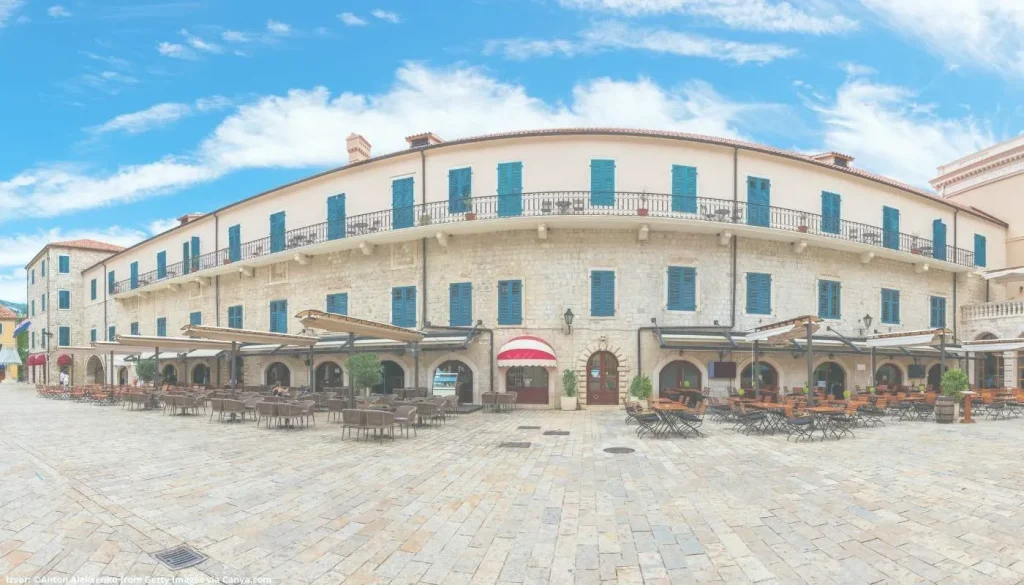
The Cathedral of St. Tryphon
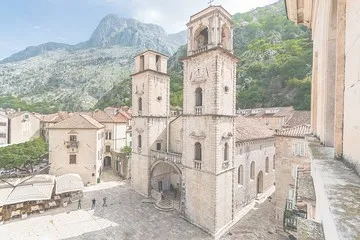
One of two large cathedrals in the city, this Roman Catholic church is a beautiful and historic building. It was constructed in 1166 and is named after Saint Tryphon, a local patron saint. It has withstood many earthquakes and was rebuilt on several occasions.
The cathedral features a gilded-silver altar screen, which is considered to be Kotor Montenegro old town most valuable treasure. It depicts Christ, the Virgin Mary, Saint John the Baptist and 16 other saints. It also has a Sacral Art Museum and a reliquary chapel.
Getting to the cathedral is easy, and it’s open every day of the week. Visitors can enter for a small fee. The church requires that visitors dress appropriately, with shoulders and knees covered.
It is recommended to visit the cathedral on a tour with an experienced guide who can give you more details about the building and its history. The tour is also a great way to navigate the narrow streets of Old Town and see some of the lesser-known sights.
The Church of Sveti Luka
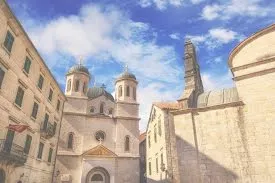
Kotor’s city wall is a testament to how well secured the ancient port was during its heyday. Visitors can walk around the wall and enter through one of the three city gates. The Gurdic Gate or South Gate is especially impressive because it allows visitors to see how robust the defenses were built.
The church of Sveti Luka is another important religious structure in Kotor. Its current appearance dates back to the early XIII century, but archeological remains show that it replaced an older edifice. It is also famous for keeping a collection of old icons.
Other significant cultural monuments include the Tower watch (VIII century), Cathedral of St. Tryphon (XII century), Church of Sveti Luka, the church of Our Lady of Health (Gospa od zdravlja), the Prince’s palace and Napoleon’s theater. The Maritime museum in the Grgurin palace is also worth a visit.
The Gurdic Gate
The Gurdic Gate is a historic gate through which visitors enter the UNESCO World Heritage-listed of Kotor Montenegro old town. It was built in the 16th century and is a picturesque entrance point.
On the other side of the gate is the Square of Arms, a parklike piazza with a 17th-century clock tower and Napoleon’s Theater (now part of Hotel Cattaro). The Cathedral of St Tryphon is also here and is home to a treasury of gold and silver treasures.
The churches of Kotor date back to the 14th and 15th centuries and are quite magnificent on the inside as well. The best time to visit the city is april, may and october when it’s not too hot or crowded with tourists. It’s a great option for a romantic getaway! The other popular time is during the summer, but it can be very crowded and hotels prices are at their highest.
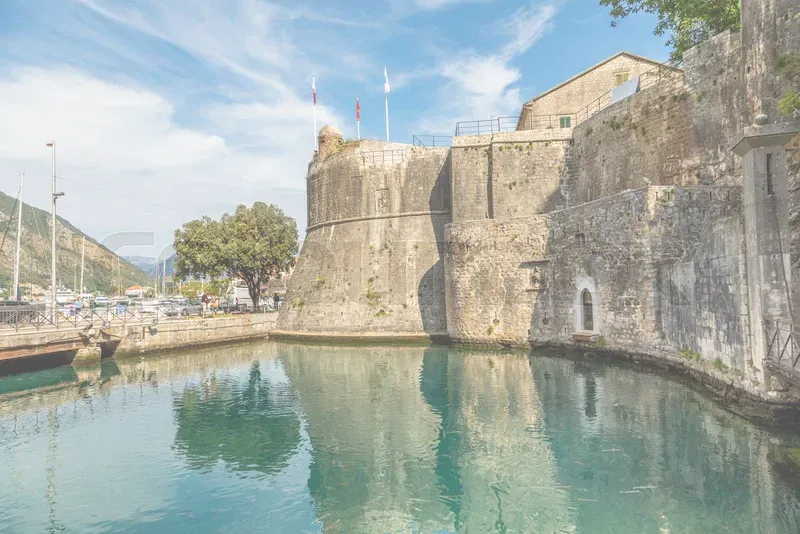
The Sea Gate
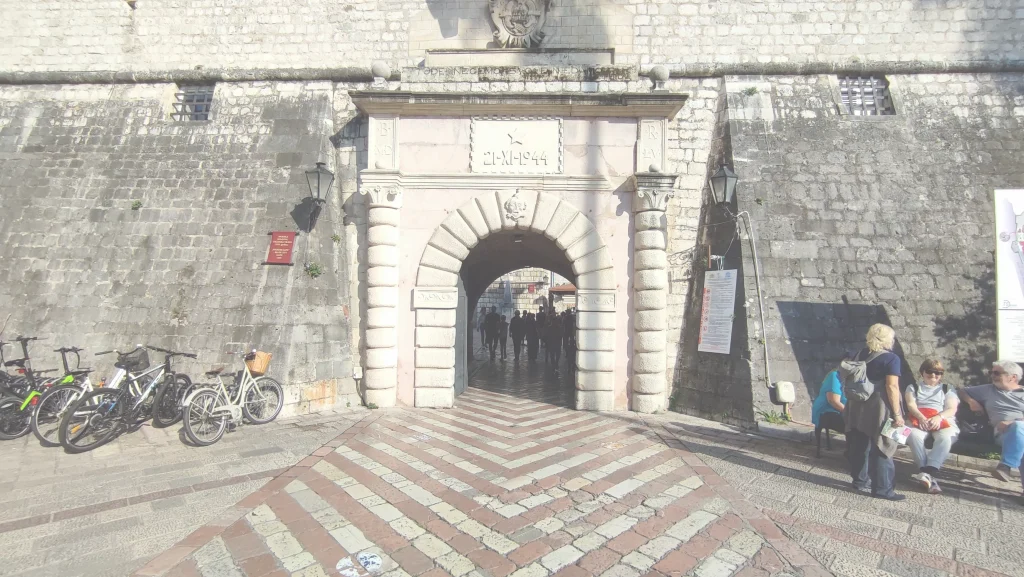
The majestic Sea Gate stands as the main entrance to Kotor’s historic heart. Built in the 16th century, this impressive structure features a unique blend of Gothic and Renaissance architectural styles. It was once used as a point of entry for merchants and travelers from across the Mediterranean Sea.
When exploring the streets of Kotor Montenegro old town, be sure to keep an eye out for hidden gems like this gate. The city’s narrow alleyways are home to cozy restaurants, intimate shops, and quaint courtyards. Visit early or late in the day to avoid crowds and soak up the ambiance of this beautiful town.
If you’re interested in learning more about the city’s rich history, be sure to stop by the Maritime Museum. Housed in the Grgurin Palace and near Karampana Fountain, this museum is an excellent way to explore Kotor’s fascinating nautical past.
– Old Herceg Novi is a resort town in Montenegro's Kotor Bay. pic.twitter.com/KzY22B5src
— The Mozinity (@mozinity) May 27, 2021
The Museum Maritimum
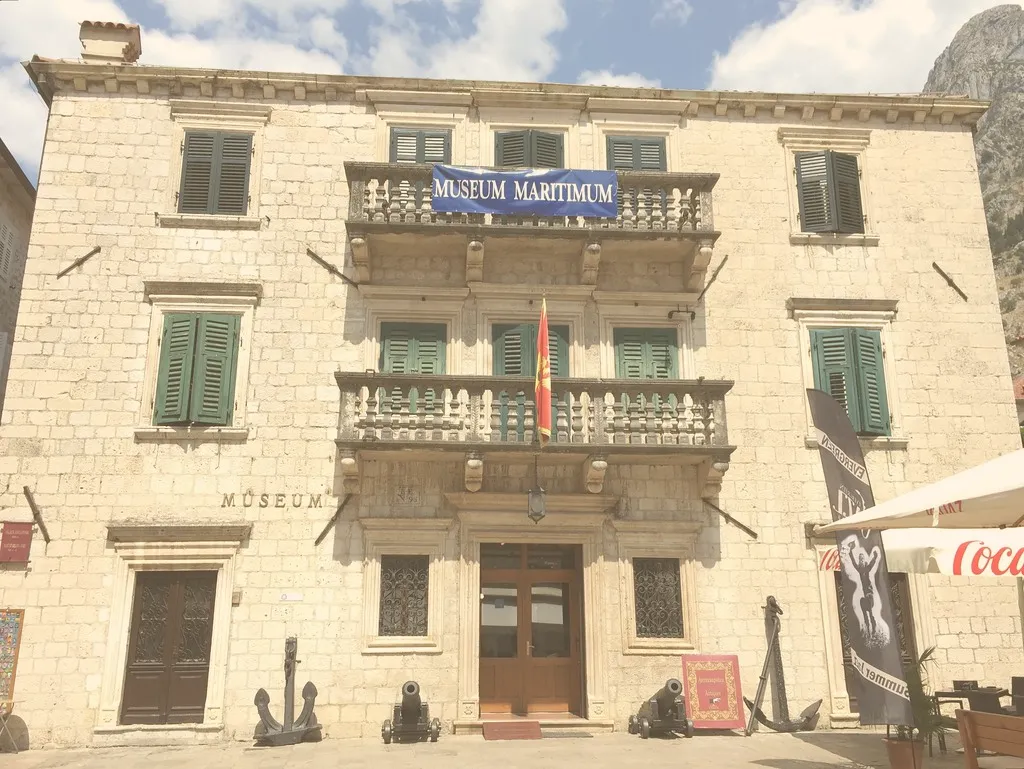
The city’s rich maritime legacy takes center stage in this museum housed in an early-18th-century Baroque palace. With the help of an audio guide, you’ll dive into a trove of photographs, paintings, uniforms, intricately crafted weapons, and fancy navigational gadgets. The museum is like a time capsule, preserving the stories of Kotor’s illustrious seafarers, artists, shipbuilders, craftsmen, politicians, and diplomats who bridged the gap between East and West.
Entry is through the southern gate, which sits near a shallow, crystal-clear inlet of water. Across the drawbridge is the tiny Church of Sveti Luka, which served as a symbolic symbol of unity for Kotor locals after it was transformed from Catholic to Orthodox in 1657. It’s also where many locals keep their dead relatives. Its ornate neo-Byzantine facade makes it easy to spot. The church is dedicated to Saint Luke, who was a patron saint of sailors, merchants, and physicians.

